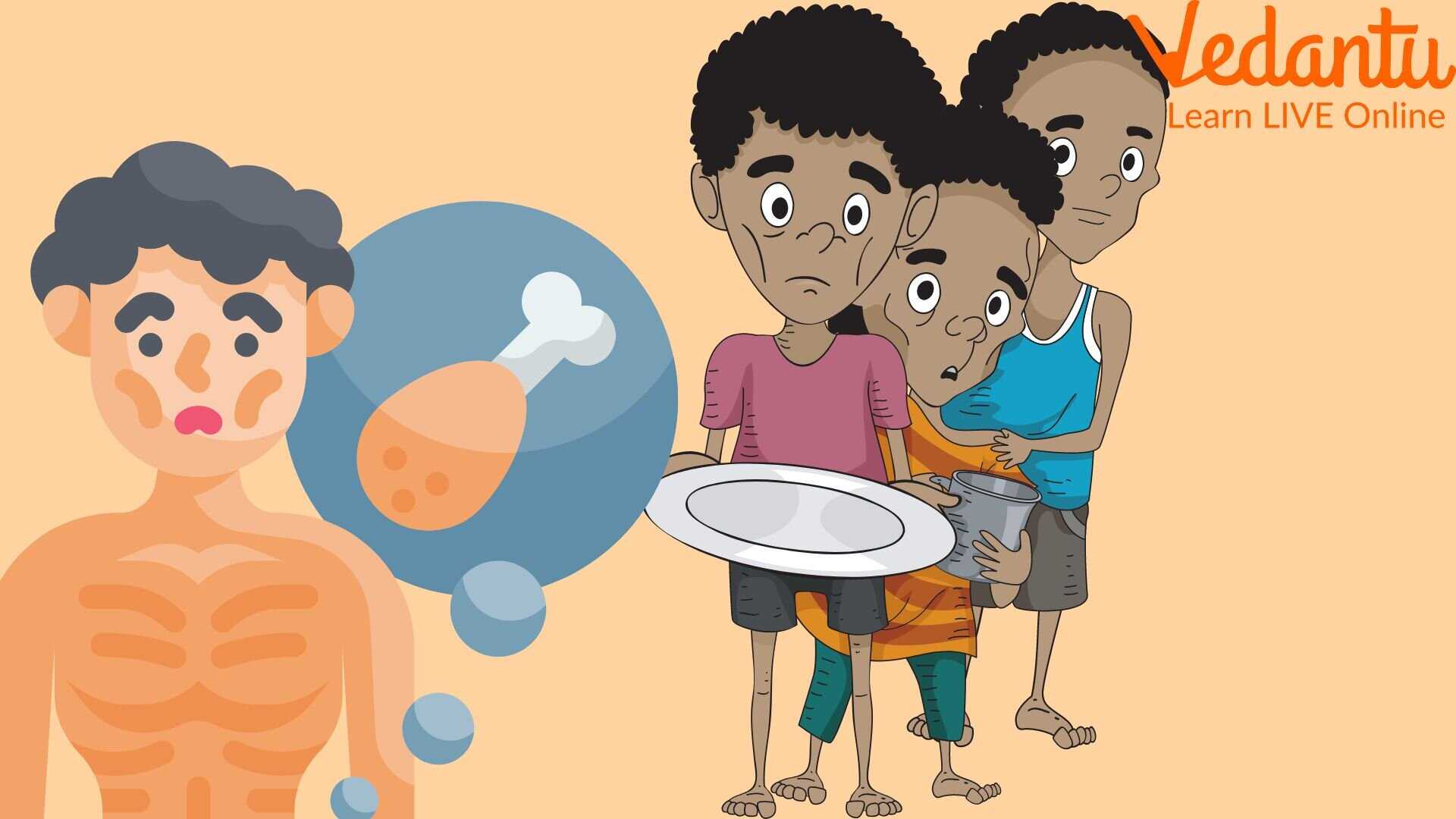Does Your Body Eat Itself When You Starve

The human body is a remarkable machine, capable of enduring incredible stress. But what happens when it's deprived of its most fundamental need: food? Starvation, a harrowing reality for millions worldwide and a concern in certain medical conditions, triggers a cascade of physiological events, forcing the body to make impossible choices in its desperate fight for survival.
This article delves into the complex and often misunderstood process of how the body responds to starvation. It explores the mechanisms by which it attempts to conserve energy and, ultimately, cannibalizes itself to stay alive, examining the roles of different organs and tissues in this grim struggle and highlighting the severe health consequences that follow.
The Body's Initial Response: Conserving Energy
In the early stages of starvation, the body's primary goal is to conserve energy. Glucose, derived from carbohydrates, is the body's preferred energy source.
When glucose intake plummets, the body taps into its glycogen stores, primarily in the liver and muscles. These stores are quickly depleted, usually within 24-48 hours.
Once glycogen reserves are exhausted, the body turns to other sources for fuel. It starts with fat.
Burning Fat: A Temporary Reprieve
The breakdown of fat, or lipolysis, releases fatty acids that can be used for energy. This process is efficient and can sustain the body for a considerable period.
The liver converts some of these fatty acids into ketones, which can be used by the brain as an alternative fuel source to glucose. This process, known as ketosis, is why ketogenic diets, which severely restrict carbohydrates, can sometimes be used for weight loss.
However, even with ketosis, the body needs a small amount of glucose, especially for certain brain functions and red blood cells.
The Breakdown of Muscle: Autocannibalism Begins
When fat stores are depleted, or when the body requires more glucose than can be derived from fat, the grim process of autophagy, or self-eating, begins in earnest. The body starts to break down its own tissues, primarily muscle, to obtain amino acids.
These amino acids can be converted into glucose through a process called gluconeogenesis. While essential for survival, this muscle breakdown has severe consequences.
Muscle wasting leads to weakness, fatigue, and impaired immune function, making the individual more vulnerable to infections. The heart, being a muscle itself, is also affected.
Organ Damage and Systemic Failure
As starvation progresses, the body becomes increasingly desperate, breaking down even vital organs to sustain itself. Organ failure is inevitable.
The immune system is severely compromised, increasing the risk of infections like pneumonia and sepsis. Electrolyte imbalances can disrupt heart function, leading to cardiac arrest.
The liver and kidneys, overworked and undernourished, struggle to function properly, contributing to a buildup of toxins in the body.
Refeeding Syndrome: A Dangerous Complication
Paradoxically, reintroducing food too quickly after prolonged starvation can be fatal, a condition known as refeeding syndrome. This occurs because the sudden shift in metabolism overwhelms the body's already weakened systems.
Electrolyte imbalances, particularly low levels of potassium, magnesium, and phosphorus, can lead to heart failure, respiratory distress, and neurological problems. Careful monitoring and gradual reintroduction of nutrients are crucial to prevent this deadly complication.
The Long-Term Consequences
Even if someone survives starvation, the long-term consequences can be devastating. Growth stunting, particularly in children, is often irreversible.
Cognitive impairment, including memory loss and difficulty concentrating, can also occur. The damage to organs like the heart and kidneys can lead to chronic health problems.
Furthermore, the psychological trauma of starvation can leave lasting scars, increasing the risk of depression, anxiety, and eating disorders.
Who is at Risk?
While starvation is often associated with famine and extreme poverty, it can also occur in developed countries due to a variety of factors. Eating disorders like anorexia nervosa are a significant cause.
Individuals with certain medical conditions, such as cancer or chronic inflammatory diseases, may also experience malnutrition and muscle wasting, even with adequate food intake. The body's metabolic demands increase, and it struggles to absorb nutrients properly.
Elderly individuals, particularly those living alone or with cognitive impairments, are also at risk due to decreased appetite, difficulty preparing food, and underlying health problems.
Preventing and Treating Starvation
Addressing starvation requires a multifaceted approach. Providing access to nutritious food is paramount, particularly in regions affected by famine and poverty.
Early detection and treatment of eating disorders are crucial. Medical and psychological interventions can help individuals regain a healthy relationship with food and prevent life-threatening complications.
For individuals with medical conditions that lead to malnutrition, nutritional support, including dietary counseling and supplementation, can help prevent muscle wasting and improve overall health. The World Health Organization (WHO) provides guidelines and resources for managing malnutrition in various settings.
Moving Forward: A Global Responsibility
Starvation remains a global challenge, affecting millions of people worldwide. Addressing this crisis requires a concerted effort from governments, international organizations, and individuals.
Investing in sustainable agriculture, improving access to healthcare, and promoting education are essential steps. By working together, we can strive towards a future where no one has to endure the horrors of starvation.
Understanding the science behind how the body copes with starvation is crucial for developing effective strategies to prevent and treat this devastating condition. From the initial attempts to conserve energy to the grim process of self-cannibalism, the body's response to starvation is a testament to its remarkable resilience, but also a stark reminder of the urgent need to ensure that everyone has access to adequate nutrition.


















